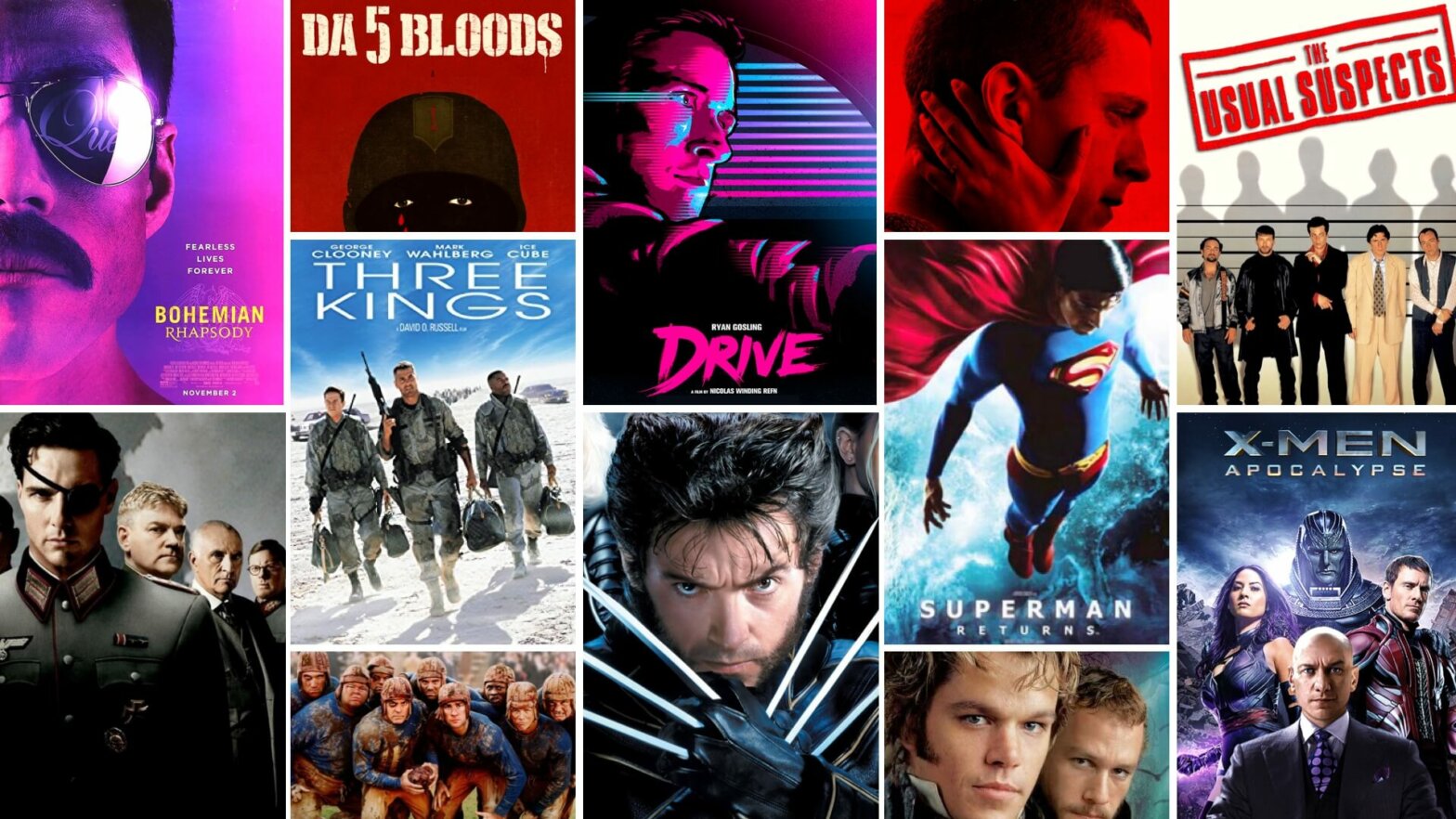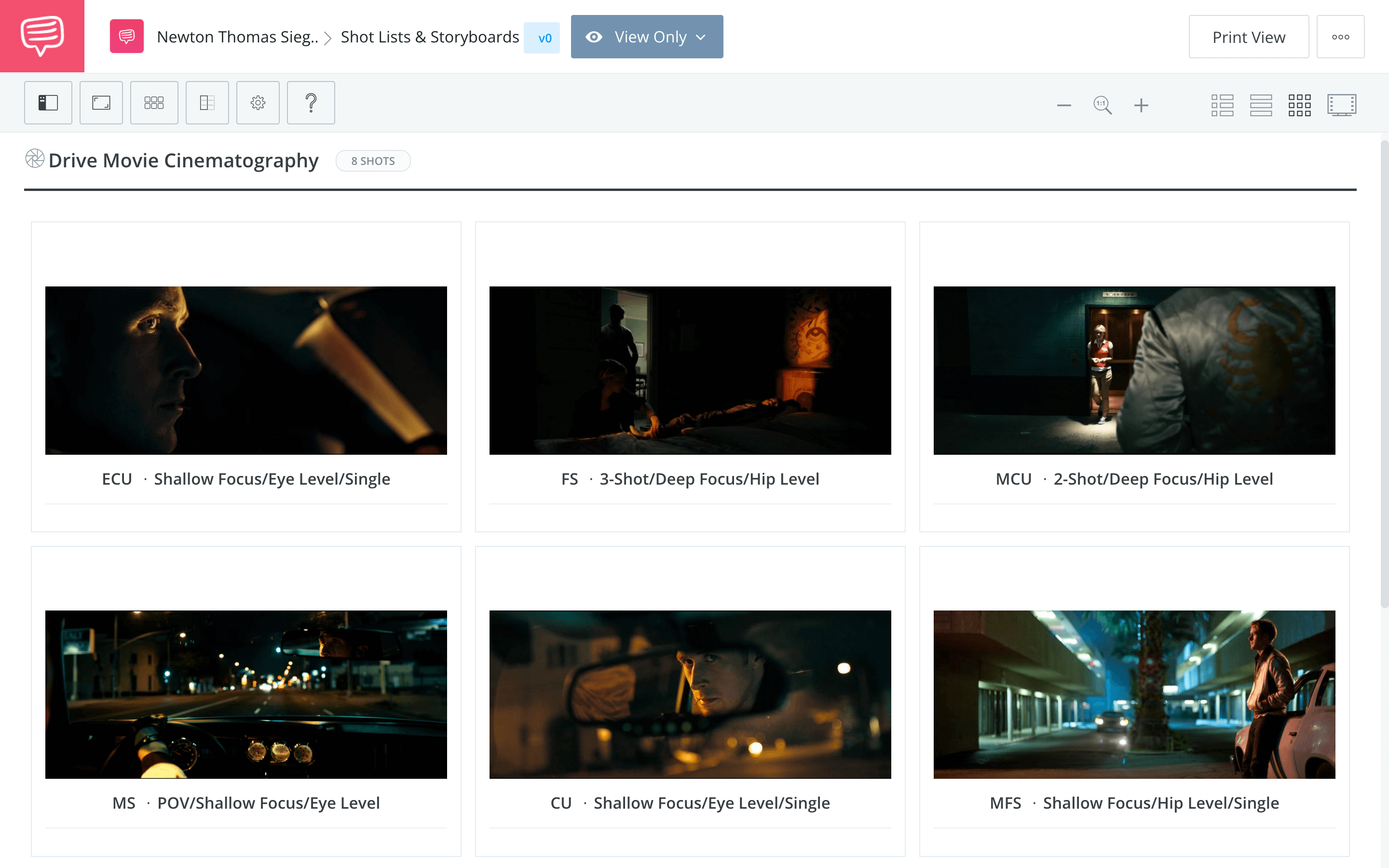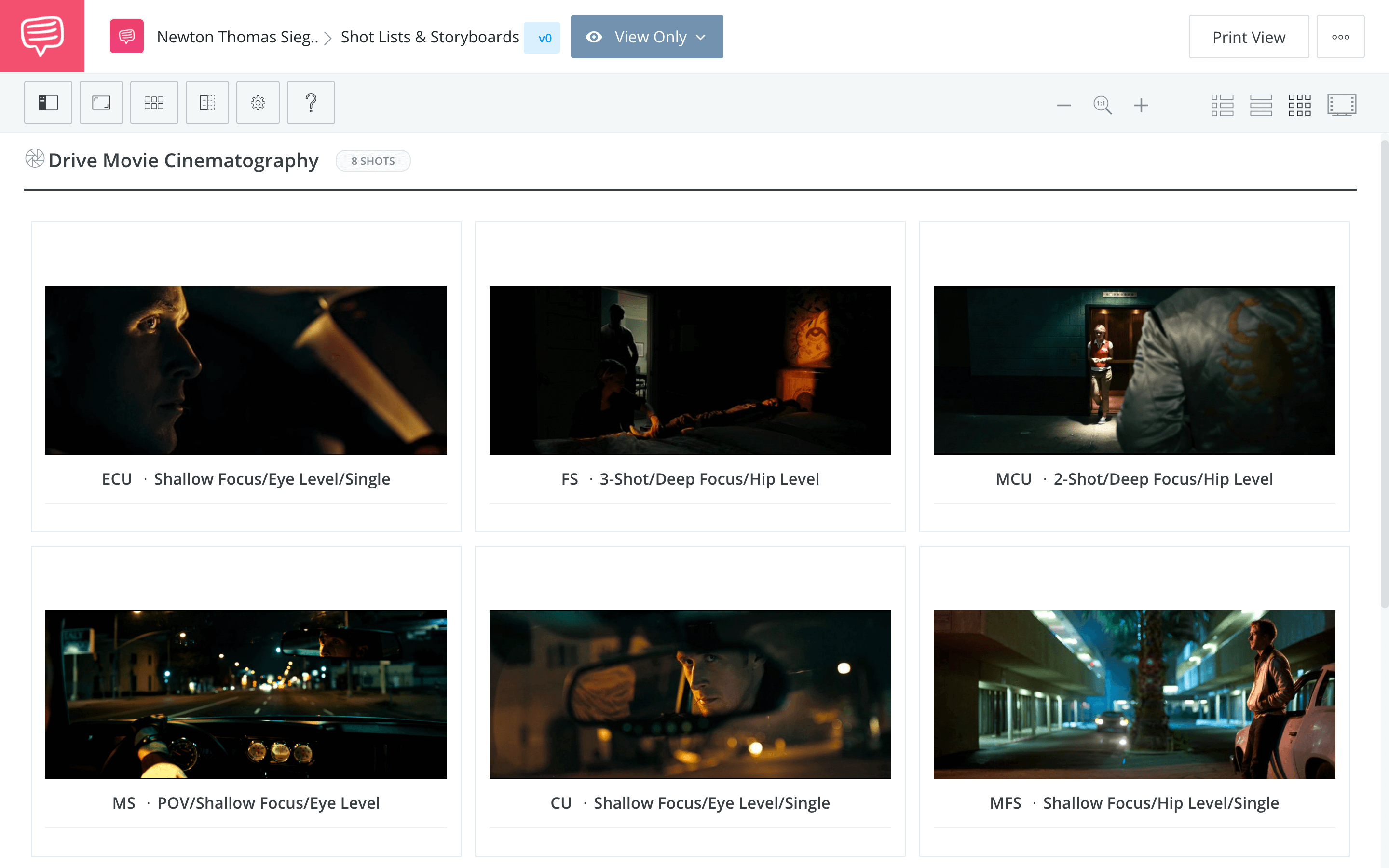Director of photography Newton Thomas Sigel has had an illustrious career — working on such films as The Usual Suspects, Cherry, Da 5 Bloods, and many more — but perhaps his most iconic work can be found in Drive. Directed by Nicolas Winding Refn, Drive is a mood piece, and its dreamy visuals stick in your head long after the credits roll. How did Sigel shoot one of the most beloved indie films of the 2010s? But first, check out this video with Sigel as he explains his approach to visual storytelling in cinematography using lenses, aspect ratio, camera movement, and more.
Newton Thomas Sigel Movies
Neo-Noir Lighting
The cinematography in Drive is immaculately lit, evoking the neon-soaked streets of a late-night Los Angeles.
There’s a few ways Sigel pulls this off, and the first is by harkening back to the lighting techniques of Drive’s Film Noir forefathers. Noir is characterized by low key lighting, a lighting technique which refers to the use of harsh light sources and shadows.
LOW KEY LIGHTING DEFINITION
WHAT IS LOW KEY LIGHTING?
Low key lighting is a lighting setup which creates high levels of contrast. This is created through the combination of strong light sources and dark shadows in an image.
Low key lighting is the opposite of high key lighting, which describes the use of soft light and minimal shadows.
We can see this technique throughout Drive, particularly in its night-time scenes, where the Driver is lit almost solely by the lights of the city streets.
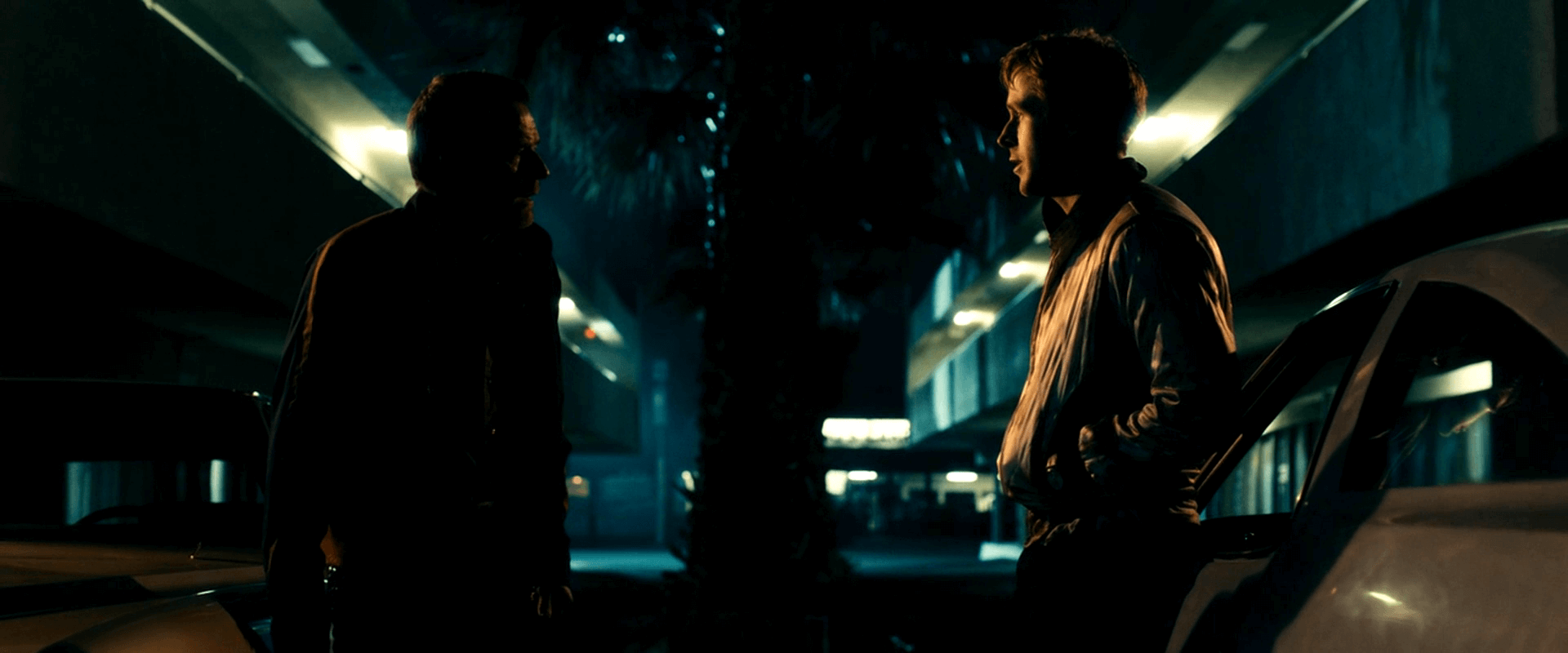
Sparse street lighting • Drive movie cinematography
The low-key lighting doesn’t just create striking visuals, it also helps develop the world of the film. This isn’t sunny, happy SoCal; this is the dark underbelly of a sprawling metropolis. This again references the noirs of Hollywood’s Golden Age, which used low-key lighting to differentiate themselves not just visually but also tonally from other, lighter genres.
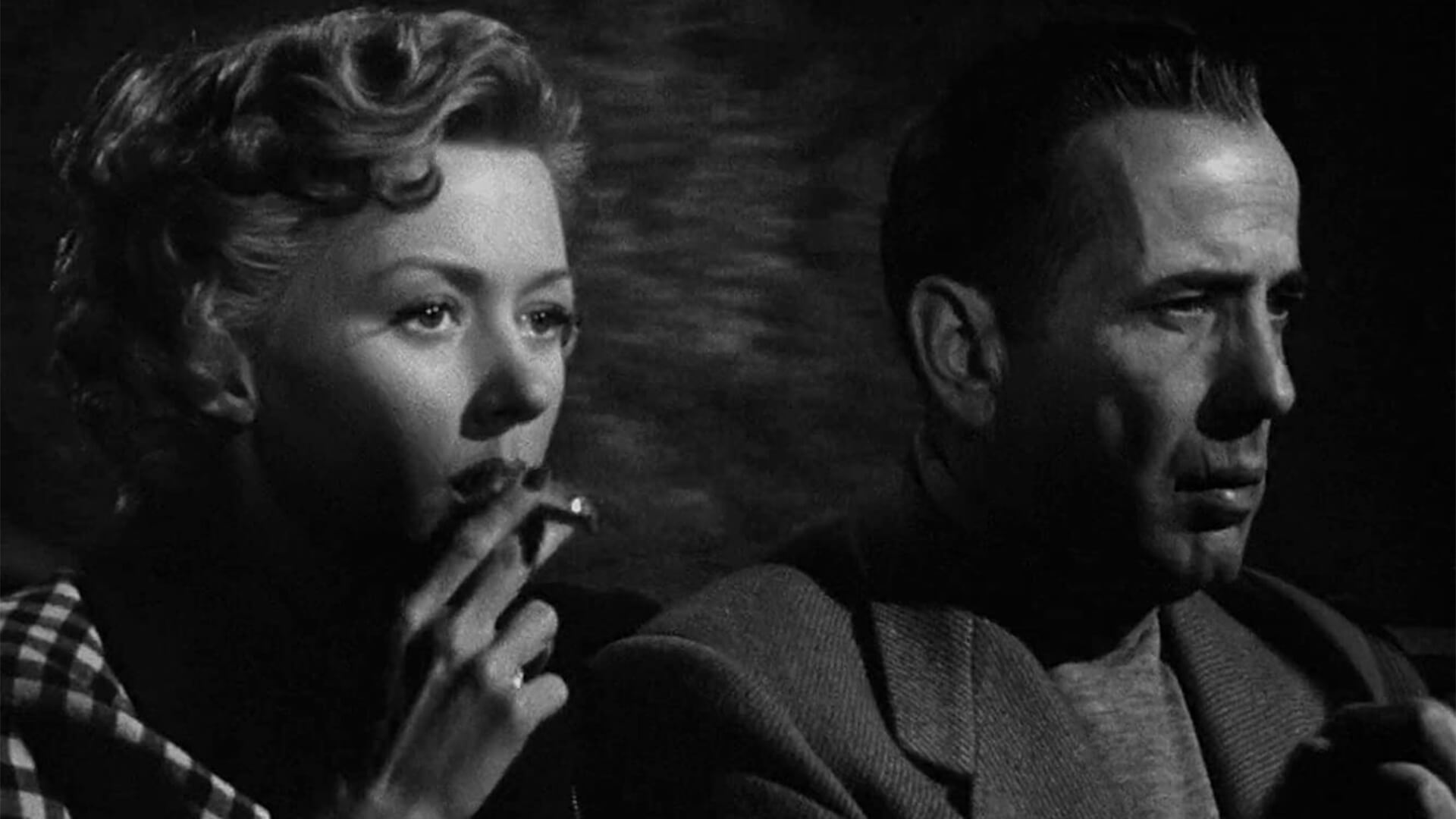
Films like In a Lonely Place have a huge influence on Drive movie lighting
But Drive isn’t a noir – it’s a Neo-Noir (and one of the best of the genre). And Newton Thomas Sigel reflects this differentiation in his lighting choices. The light sources throughout Drive are reminiscent of neon, giving a fresh feel to the conventional noir lighting.
Sigel used mercury-vapor and sodium-vapor practical lighting in conjunction with a variety of gels. This was to simulate the feeling of driving through an urban landscape, which has a plethora of different light sources.
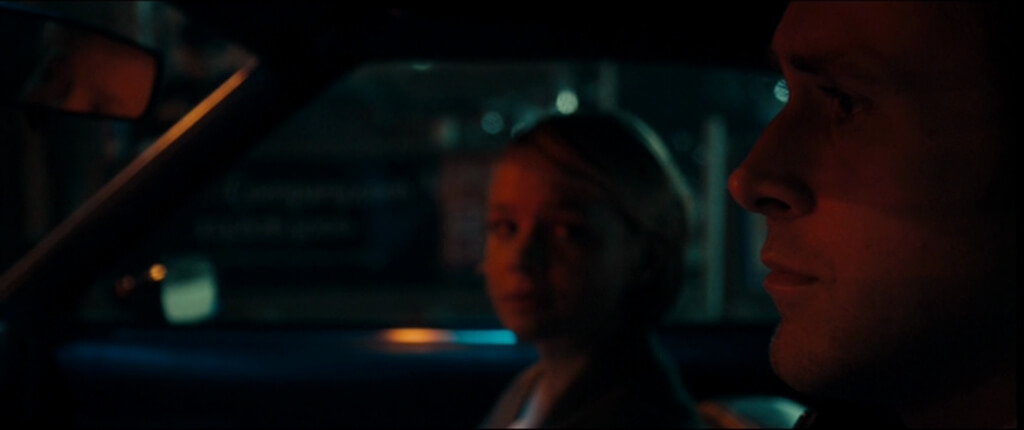
Complimentary city lights • Newton Thomas Sigel movies
For driving sequences, of course, these light sources have to shift in order to create the feeling of movement. To achieve this effect, Sigel and his crew constructed an elaborate light rig which could be operated remotely. This way, while the camera was rolling, the Gaffer could adjust different light sources.
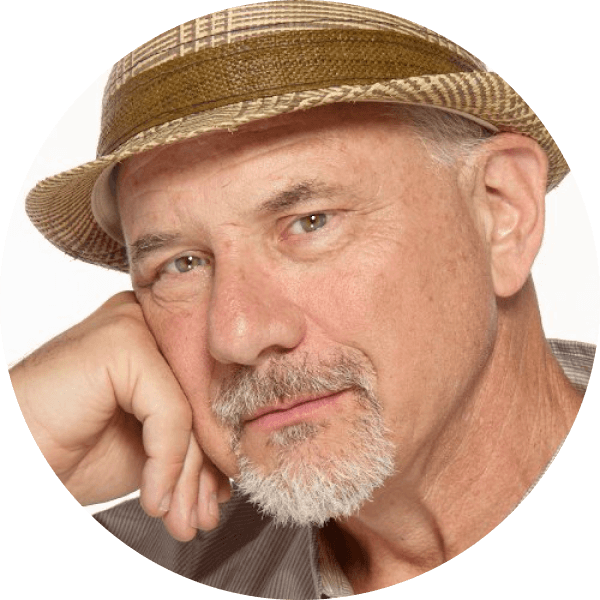
“Tony and I rigged the car with a rack overhead with all different kinds of tiny lights… We wired them all into dimmers in the trunk that could be wirelessly controlled, so we could turn lights off and on or dim them up and down. The lights were all so small and unobtrusive that they were never in shot. So Ryan could just drive around while Tony played the roof rack like a musical instrument. There were also times when we’d kill all of our lights — we’d pull up to a stoplight, and you could see the light on Ryan’s face go from red to green.”
— Newton Thomas Siegel on driving lighting
You can see the fruits of their labor in the opening driving sequence of the film. Note just how dynamic the lighting is while still maintaining that noir low-key look. Here's a video on the opening sequence focusing on sound design but pay attention also to how effective the lighting is.
Drive movie cinematography
The Neo-Noir lighting is a huge element of Drive’s iconic visual palette. You can see it present in many of the most memorable shots of the film, which we imported into StudioBinder's storyboard software. Click the image to explore the entire collection.
Drive movie cinematography
By synthesizing old-school lighting techniques with modern light sources and rigs, Sigel creates a look which feels timeless and yet specific.
Related Posts
Drive Movie Cinematography
Go Digital
Most Newton Thomas Sigel movies up until Drive were shot on film, as the cinematographer simply believed it to be of a higher quality than digital.
But in test shoots for Drive, Sigel was convinced of digital cameras’ versatility. Hear him discuss the shift in his own words:Sigel discussing Drive • Drive movie lighting
To shoot Drive, Sigel decided to use Arri’s Alexa, a digital camera which had only recently entered the market. Sigel was impressed with what he saw Robert Richardson pull off with the camera on Martin Scorsese’s Hugo, and decided to give it a try. He was wowed with what he found.
The aforementioned low-key lighting that Sigel created would have been much more difficult if he was shooting on film, which requires much brighter light than most digital cameras.


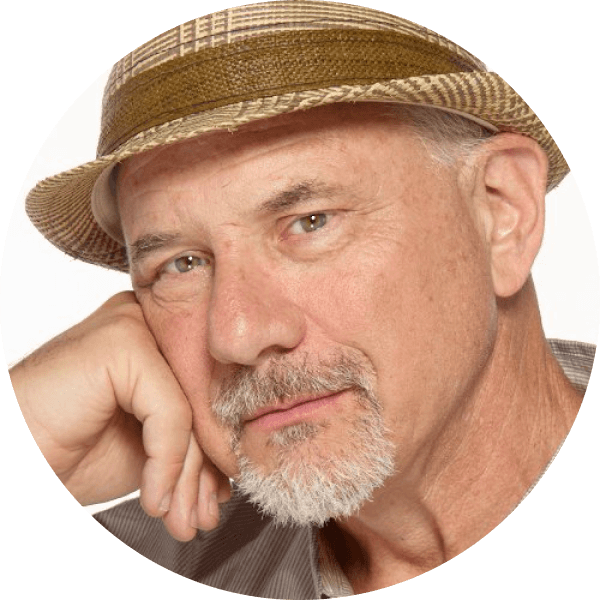
“I find that when you underexpose digital more than a little bit, very often you increase your noise level significantly. What’s extraordinary about the Alexa is that even if I pushed the sensor to 1,600 [ASA] there was very little noise. And I could actually underexpose quite a bit without introducing noise in the blacks. The dynamic range was mind-boggling.”
— Newton Thomas Sigel on shooting digital
This is not to say that low-key lighting isn’t possible on film (low-key lighting is not the same as low lighting). But the type of low-key lighting Sigel was creating with ambient light and small, intricate rigs would have probably generated too little light for a film camera.
The Alexa’s low-light capabilities allowed Sigel to capture shots like this:
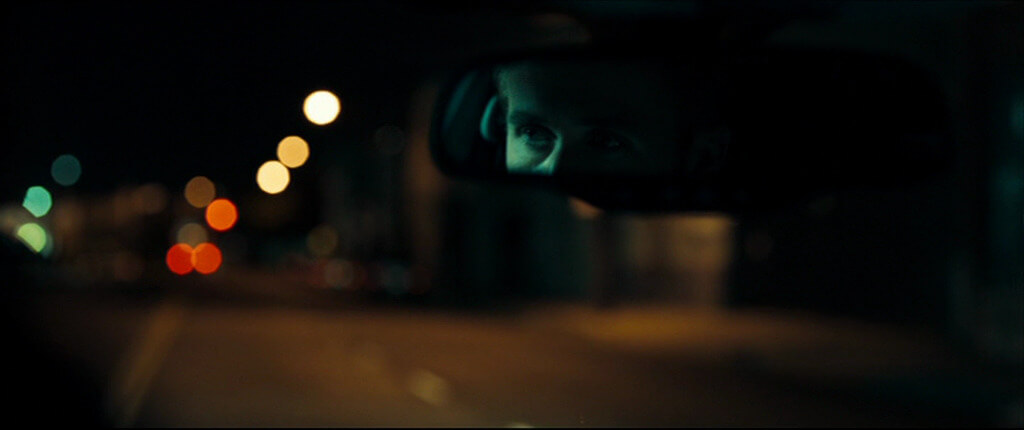
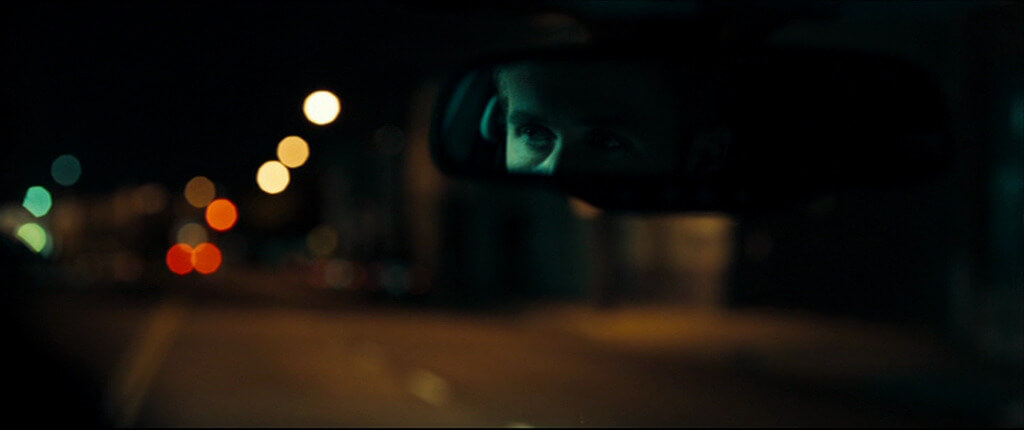
Drive movie lighting
Note not only how sparsely Driver’s face is lit, but also how much detail is captured on the very dim street (albeit in bokeh).
It’s these types of shots that showcase what shooting digital afforded Drive’s visuals. Even in the lowest lighting, the shots contain rich textures within the shadows that most likely would not have been captured on film.
Related Posts
Newton Cinematographer
Storytelling in Composition
Newton Thomas Sigel’s keen sense of detail is not limited to the lighting of Drive. The composition of each shot in the film is motivated by story and character relationships. This is the sign of a master cinematographer: it is one thing to create a frame that is visually appealing. It’s a whole other level to create a frame that underscores the narrative dynamics of each scene.
Tony Zhou does an excellent job dissecting Sigel’s compositional methods in Every Frame a Painting:
The Quadrant System, explained • Newton cinematographer
Sigel makes heavy use of the quadrant system, which is what it sounds like: dissecting the frame into four quadrants (top left, top right, bottom left, bottom right). Using this simple method, he is able to visually illustrate character relationships and narrative nuances.
Take this shot, for example:
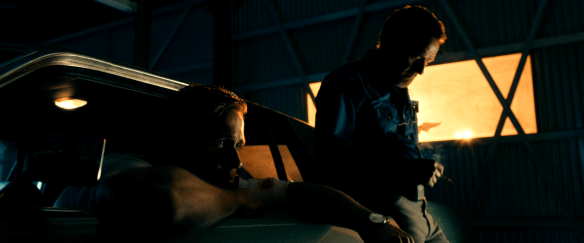
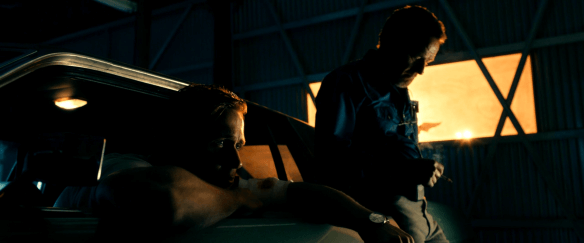
Two dudes, hanging • Drive movie lighting
Here, we have Driver in the bottom left quadrant and Shannon in the top right. This, along with his closer proximity to the camera, draws our eyes to Driver first. Since Western viewers are accustomed to taking in information from left to right, Driver is established as the more important character in this scene.
But Shannon’s placement above Driver indicates his relationship with him. Shannon has a higher status than Driver; he is the one who provides him with jobs and money.
It should be noted, too, that this type of framing is aided by Sigel’s use of wide lenses, a decision made in conjunction with director Nicolas Winding Refn.
As he said in an ASC interview, “Nicolas really loves wide lenses, like the 18mm and 21 mm… You tend to want to set up multiple cameras and have the telephoto lens pick off close-ups… but we limited that approach as much as we could.”
The deeper depth of field that comes with wide angle lenses allows for more dynamic blocking that highlights character’s relationships, as we can see here:
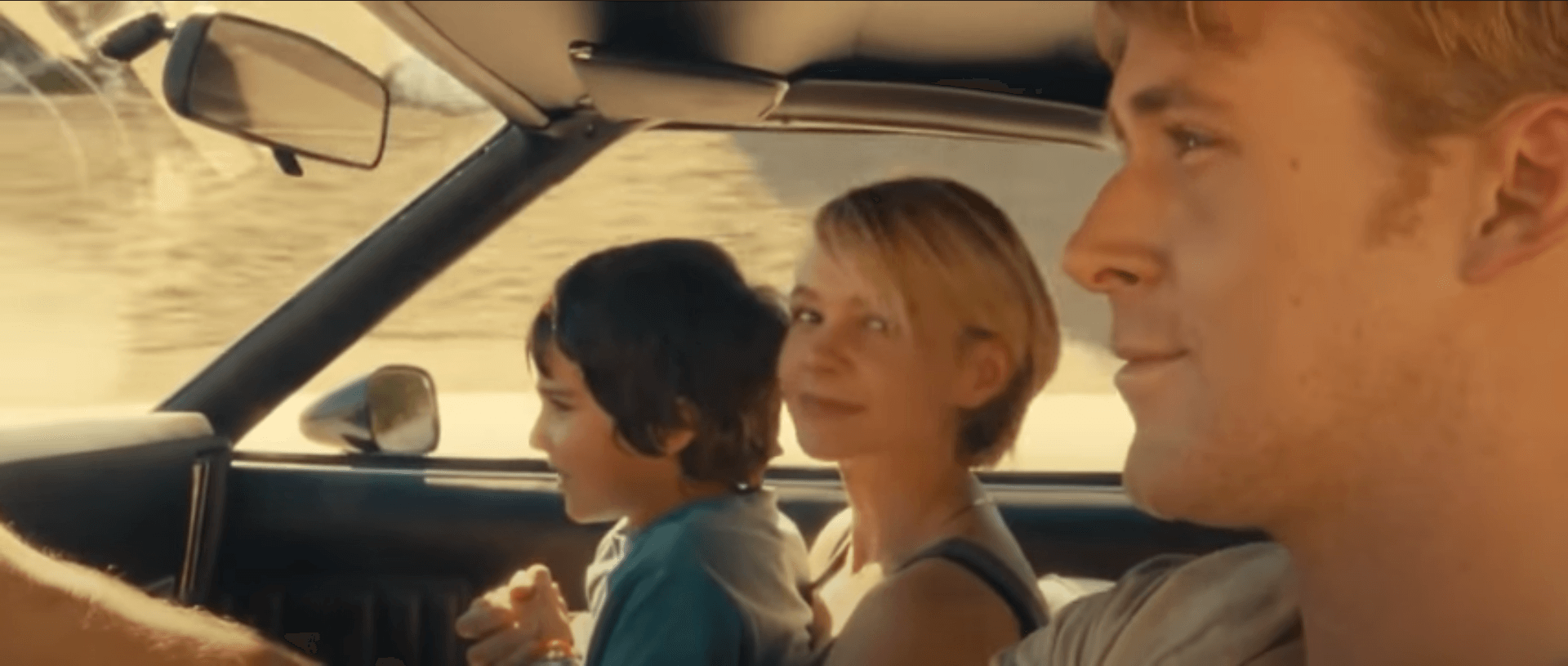
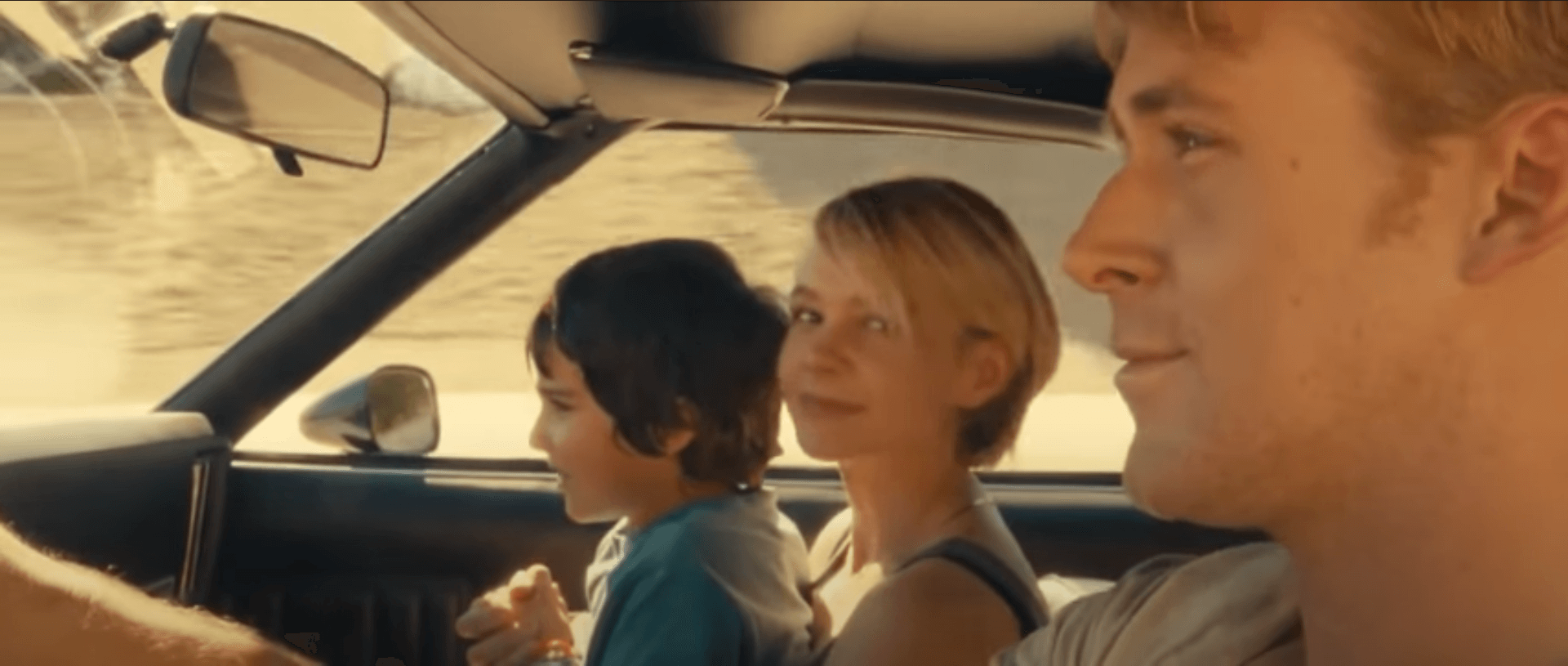
Beautiful day for a drive • Newton cinematographer
Both Driver and Irene are in focus so that we can see both of their expressions clearly; they’re both happy and developing a relationship.
In this shot, the deep depth of field allows for two planes of action, one with Driver and Benicio, and the other with Irene:
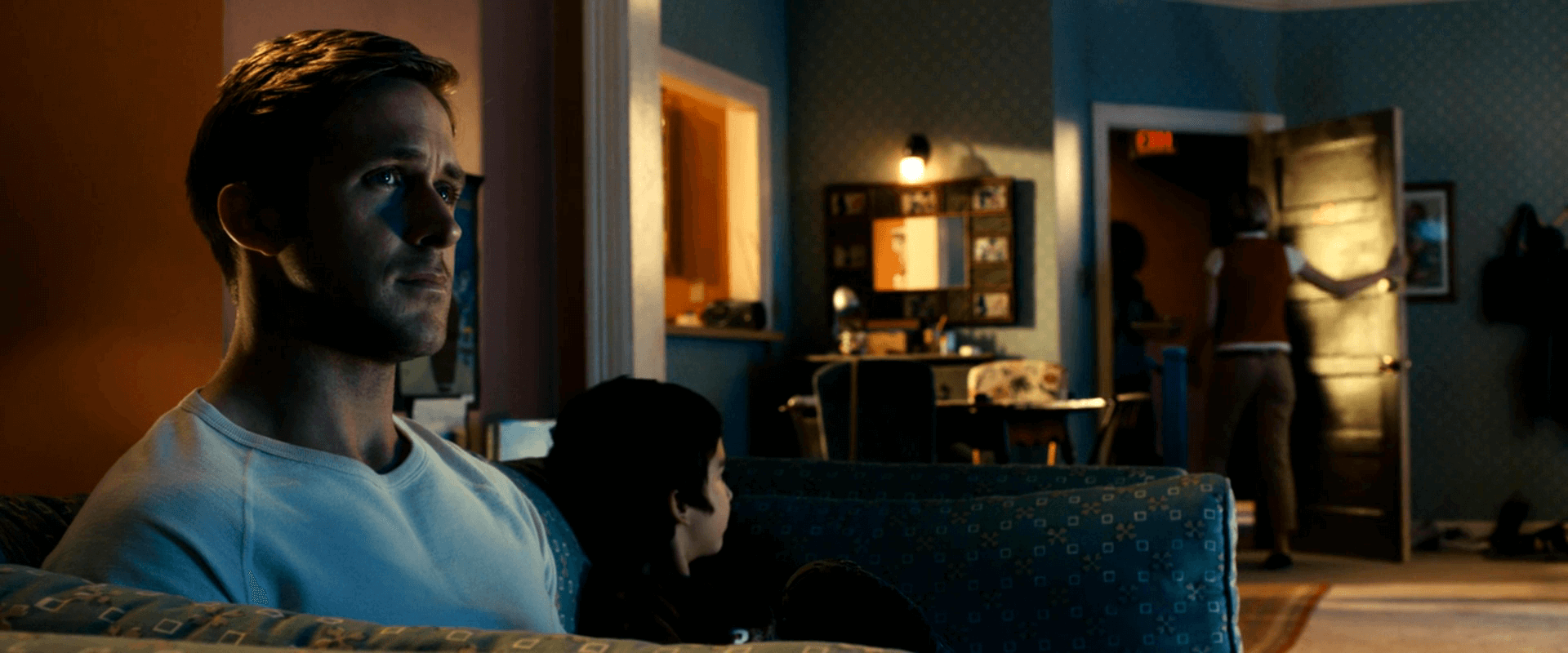
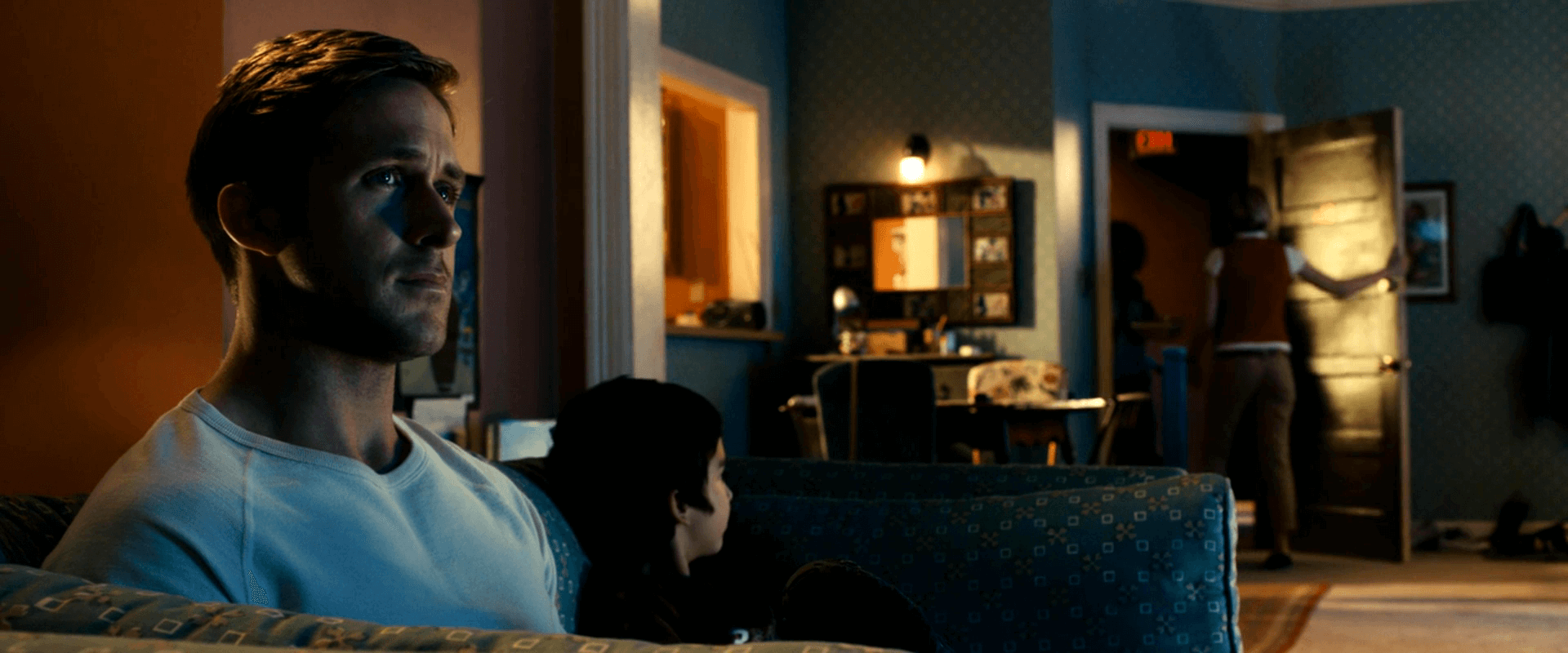
Just watching a show • Newton cinematographer
So quadrant composition isn’t just where you put your camera and your actors. There’s lots of technical elements that need to be taken into consideration.
This type of composition, too, is indicative of lots of communication between director and cinematographer, since blocking is so crucial to pulling it off.
This provides an important lesson to up-and-coming directors of photography – a cinematographer has to be in sync with the director. If not, you may still have some pretty shots, but they could be disconnected from the story that is being told.
It’s this collaboration, and attention to detail, that makes the Drive cinematography great.
Up Next
Robert Yeoman Style Explained
Now that we’ve covered a cinematographer with a penchant for dark, low-key lighting, check out our write up on Robert Yeoman, a cinematographer known for his bright, high-key lighting. As Wes Anderson’s director of photography, his cinematography is just as striking as Sigel’s.
Up Next: Robert Yeoman Style →
Showcase your vision with elegant shot lists and storyboards.
Create robust and customizable shot lists. Upload images to make storyboards and slideshows.
